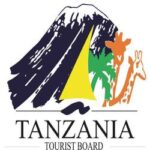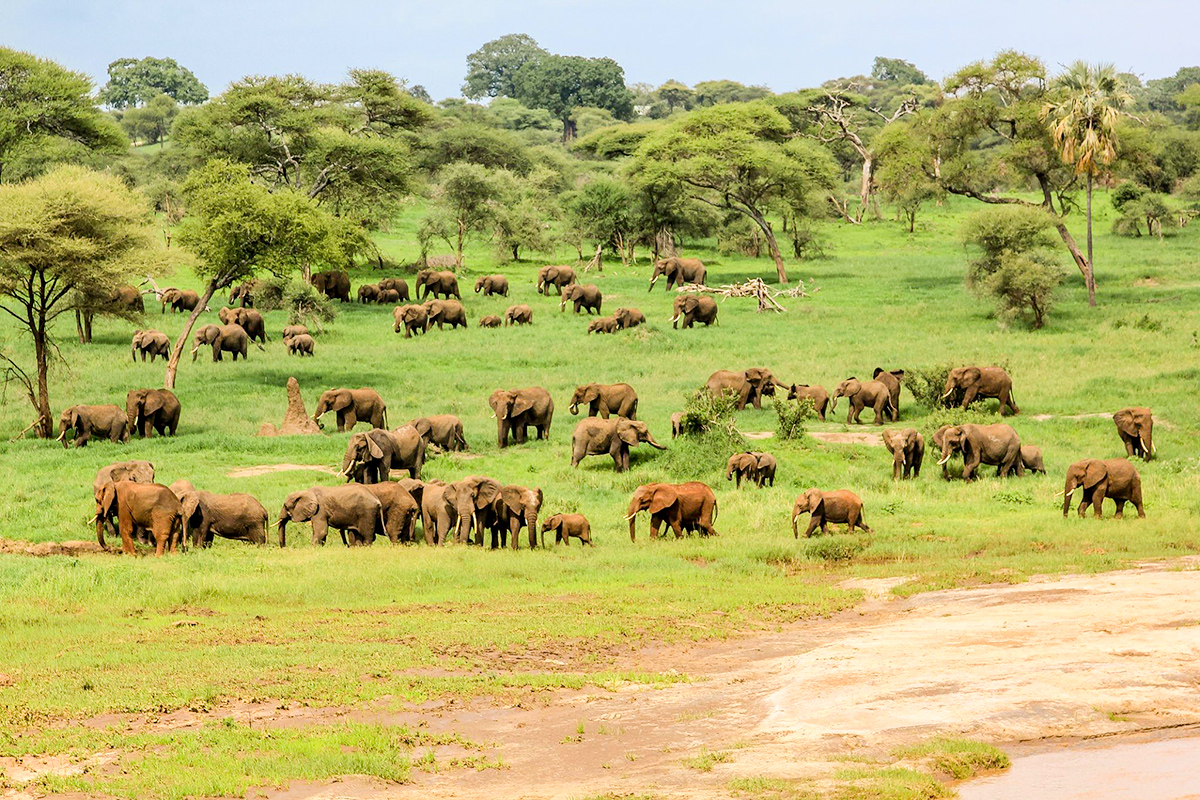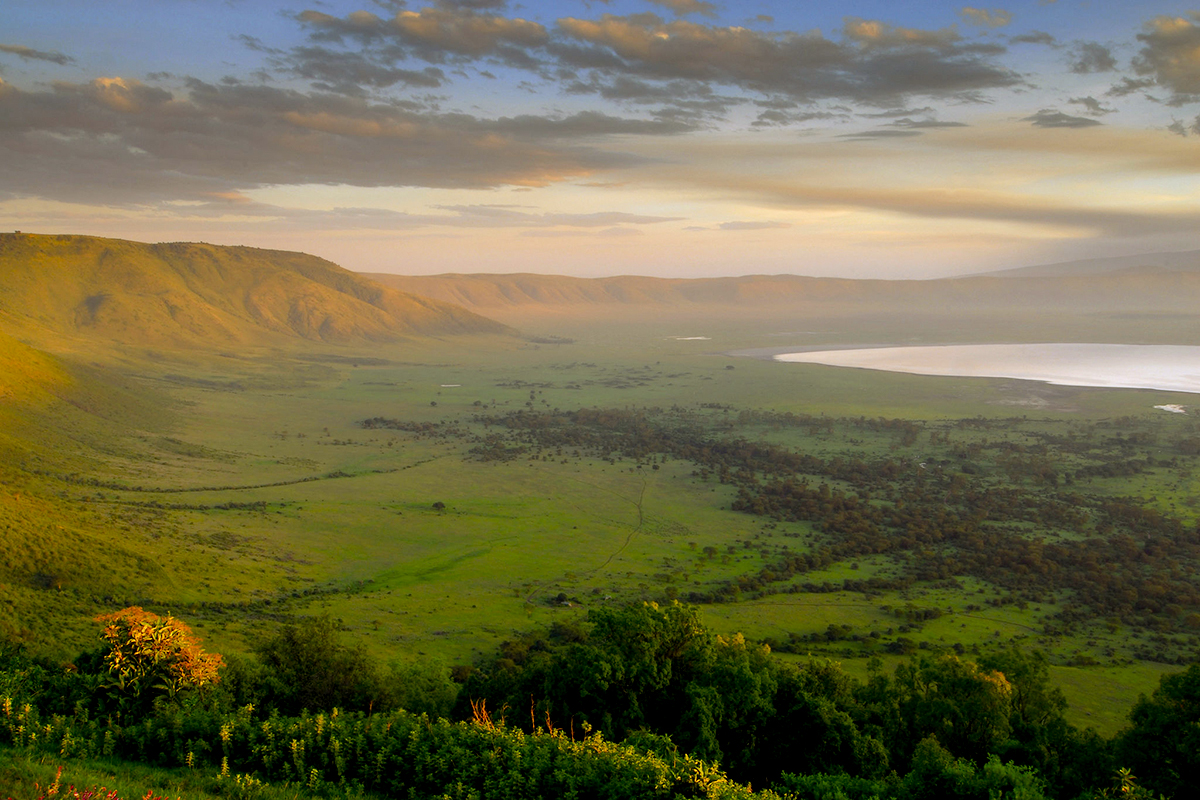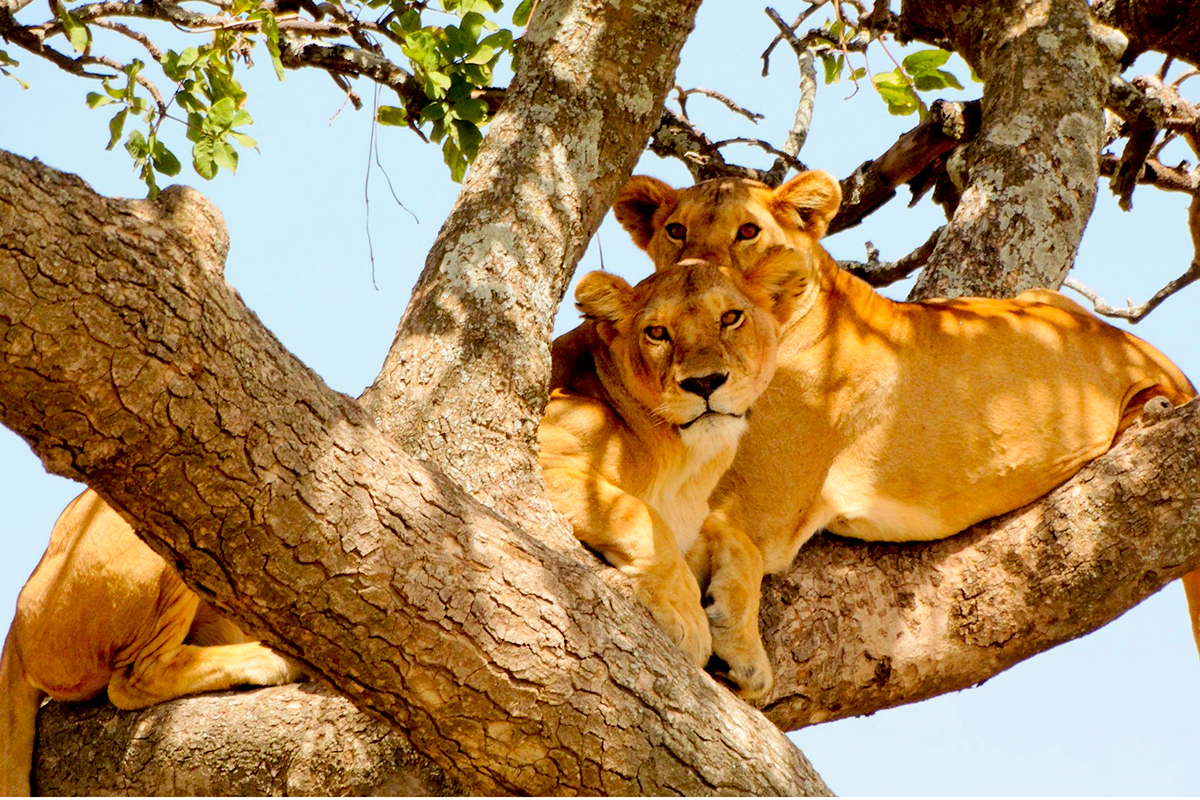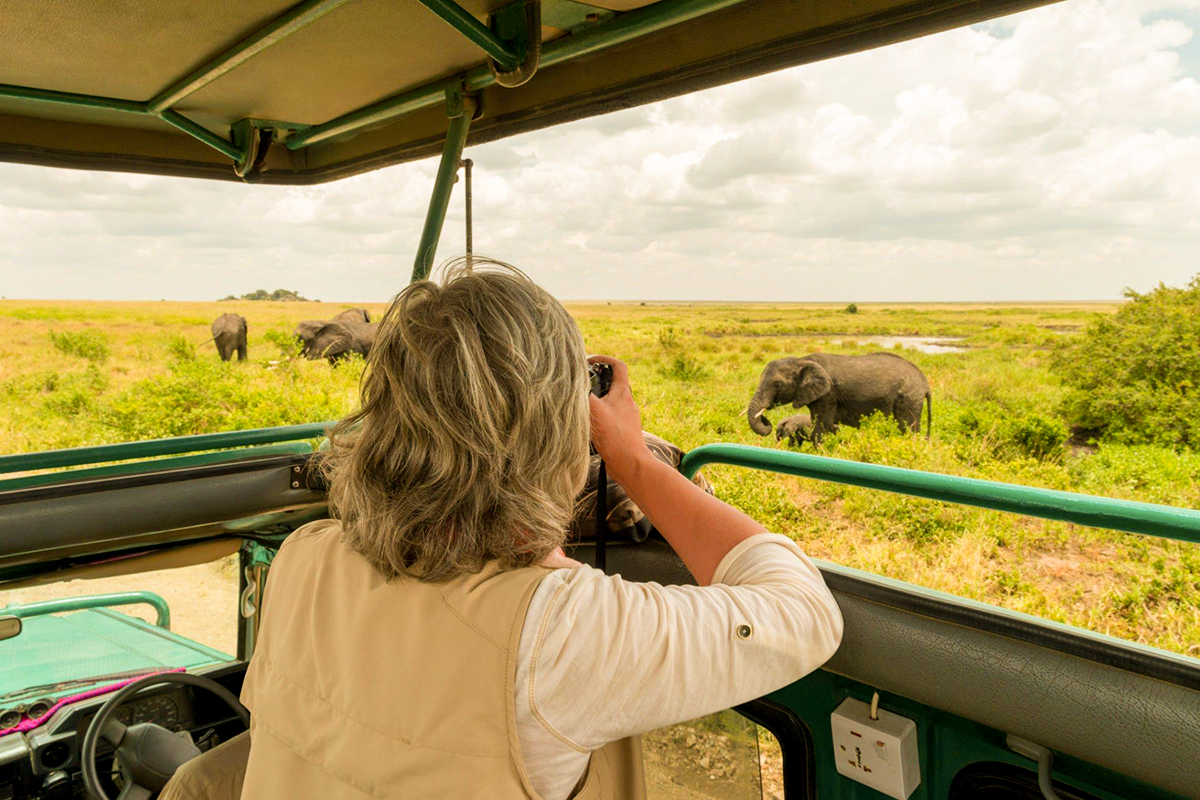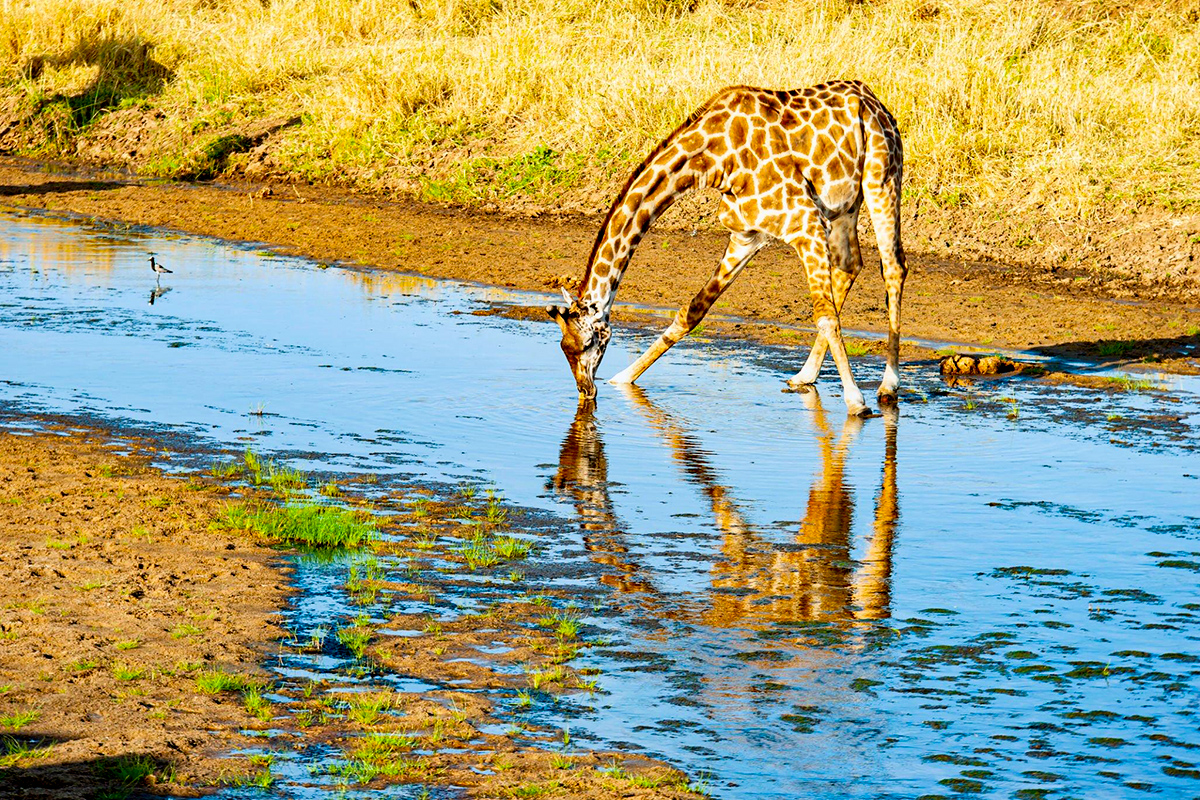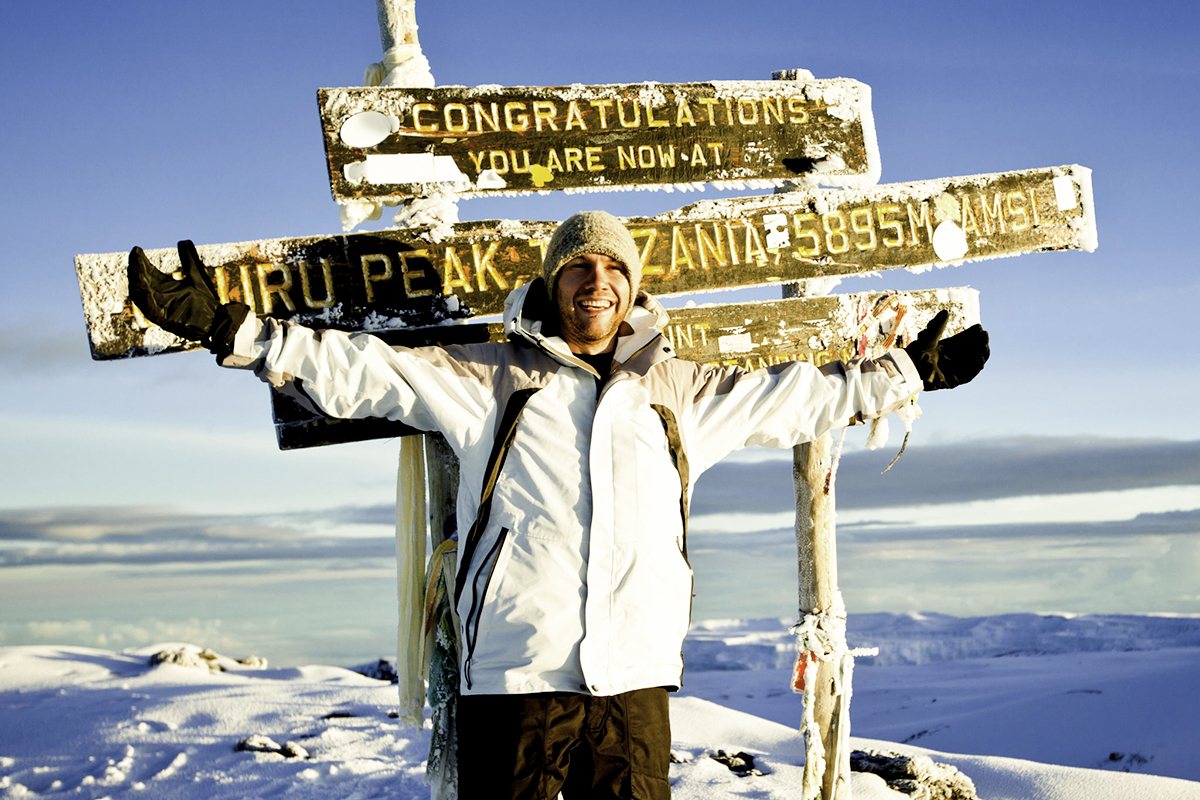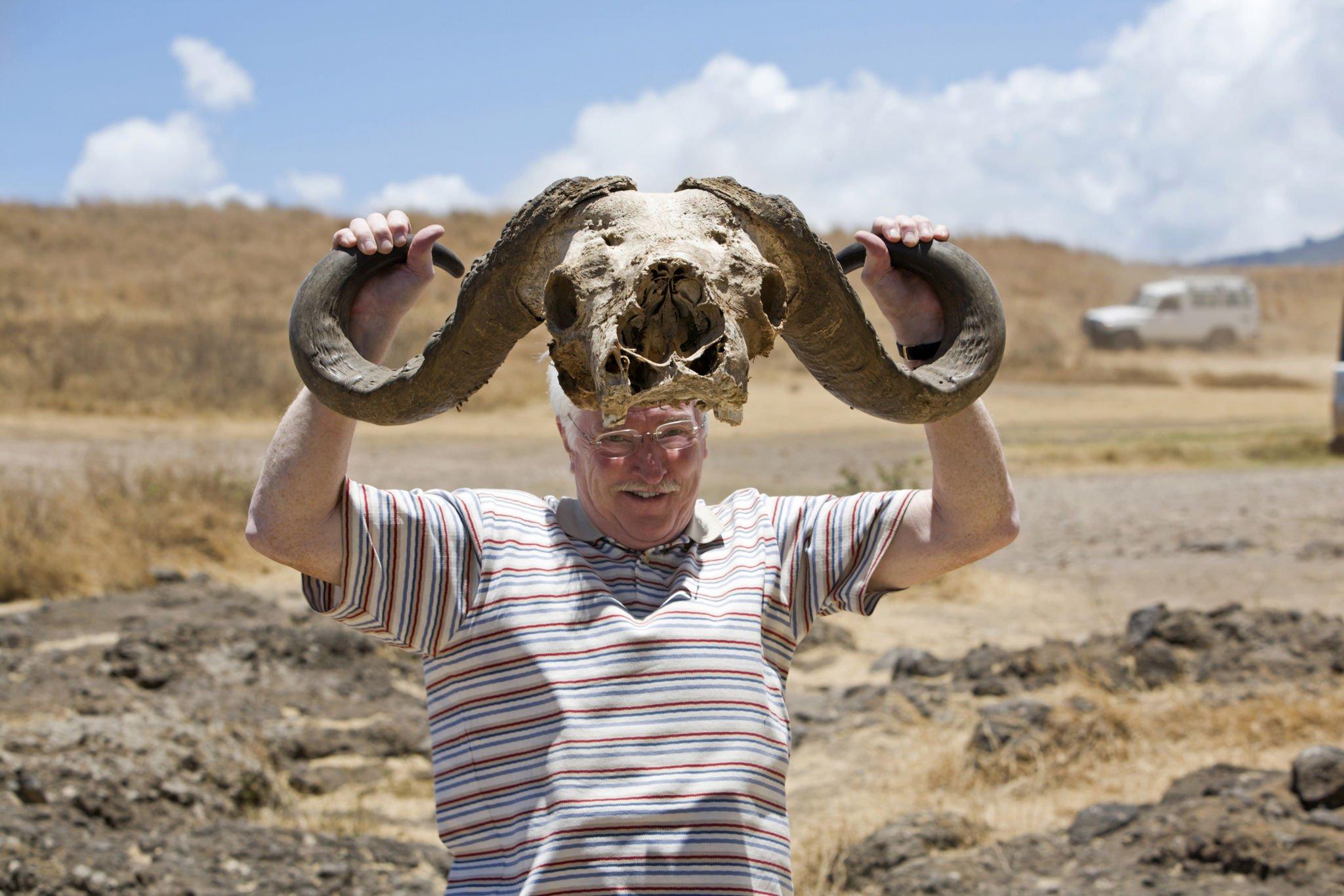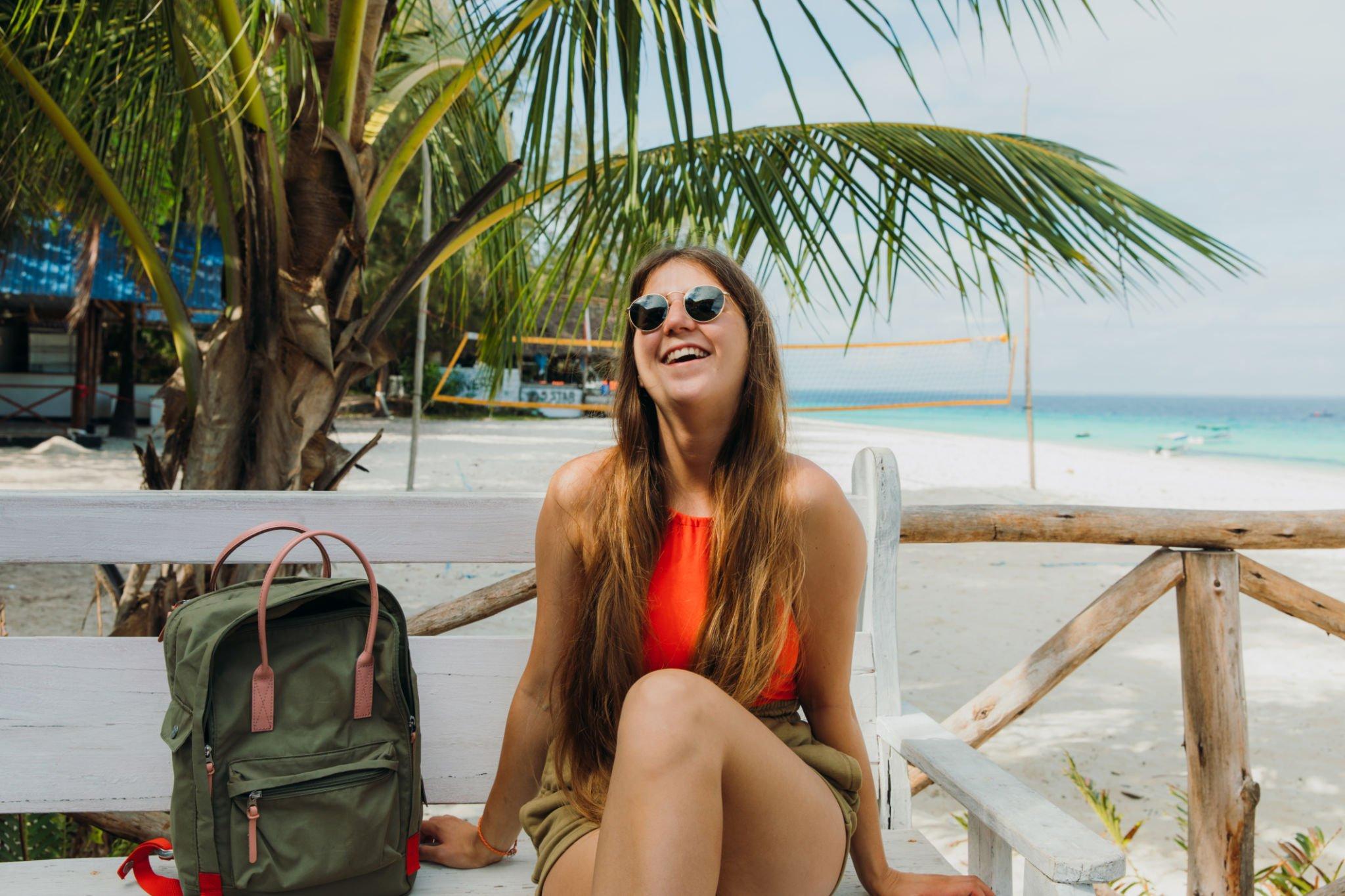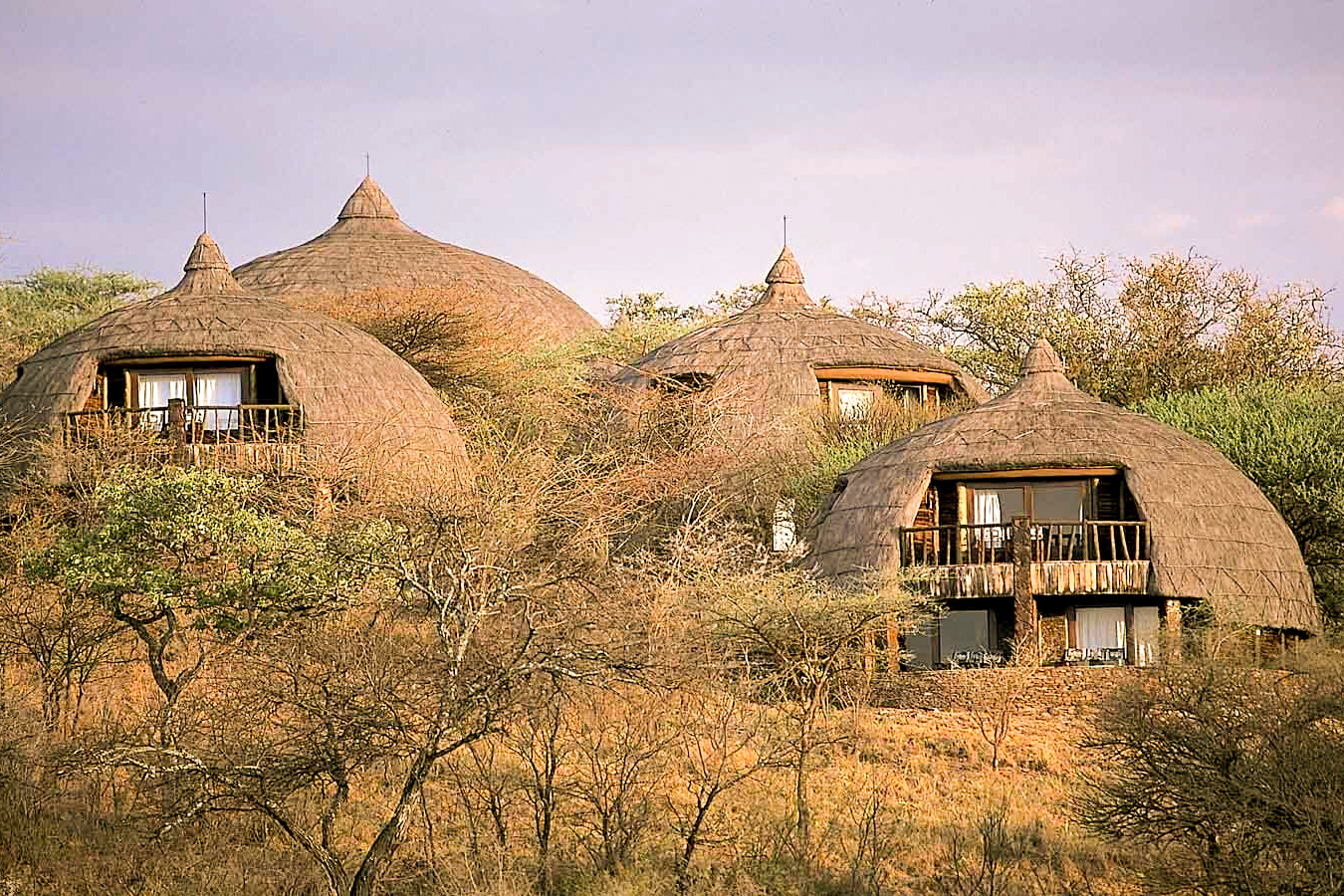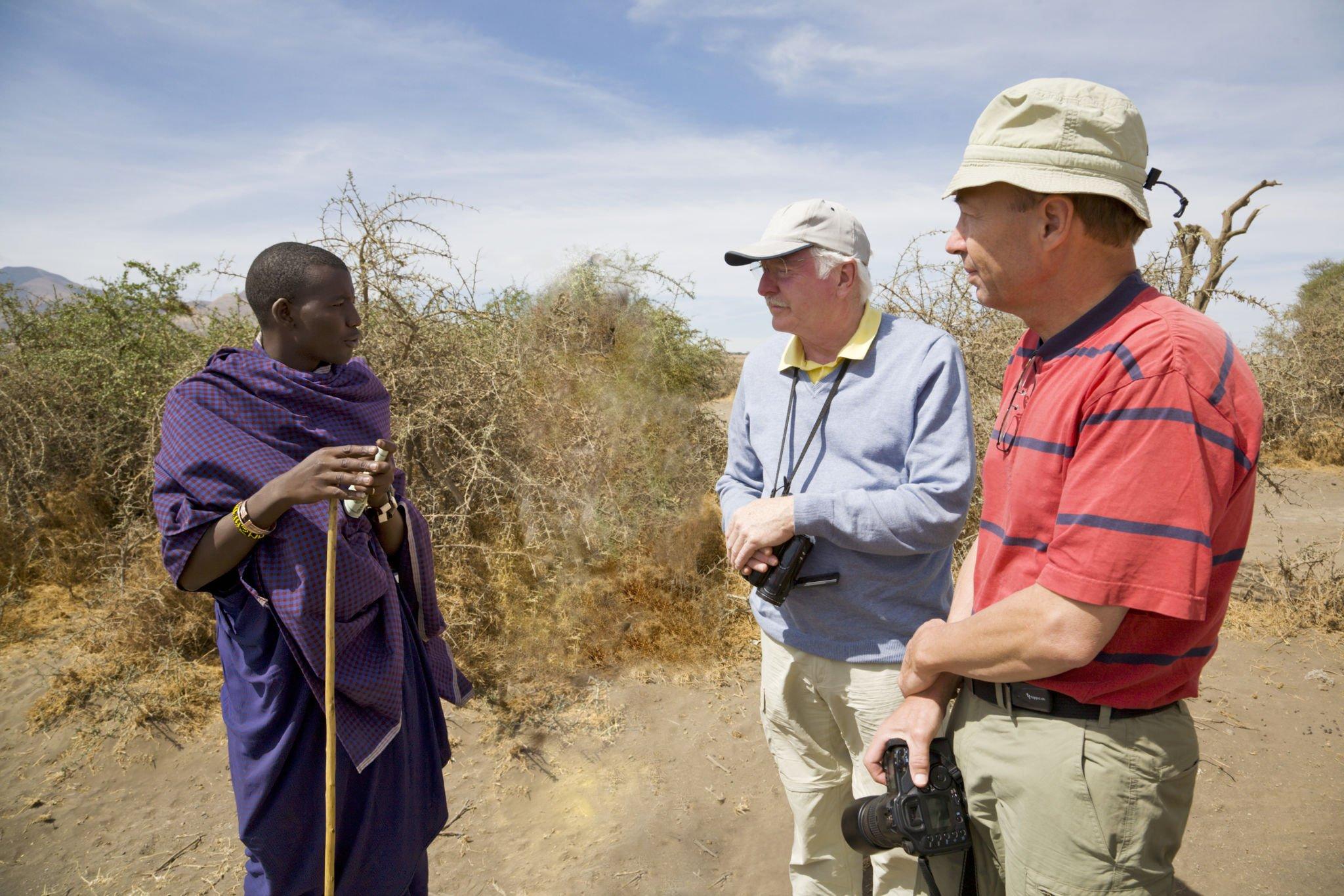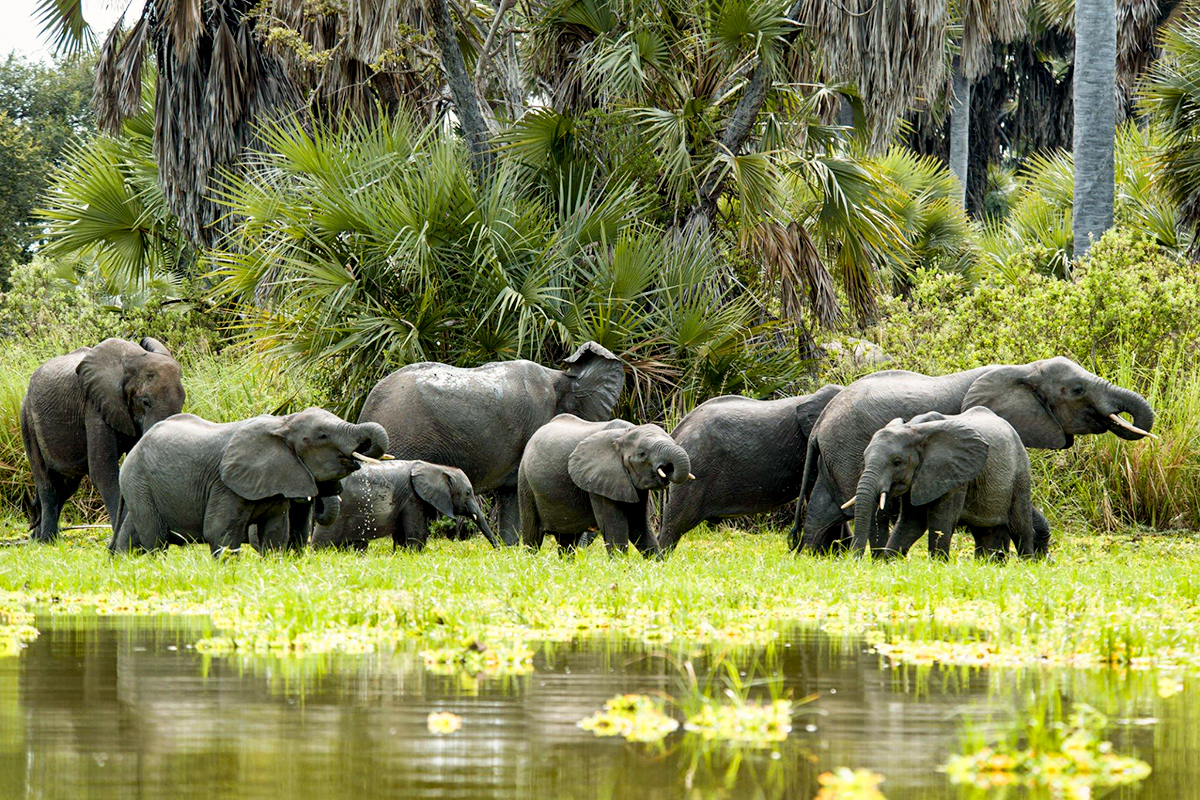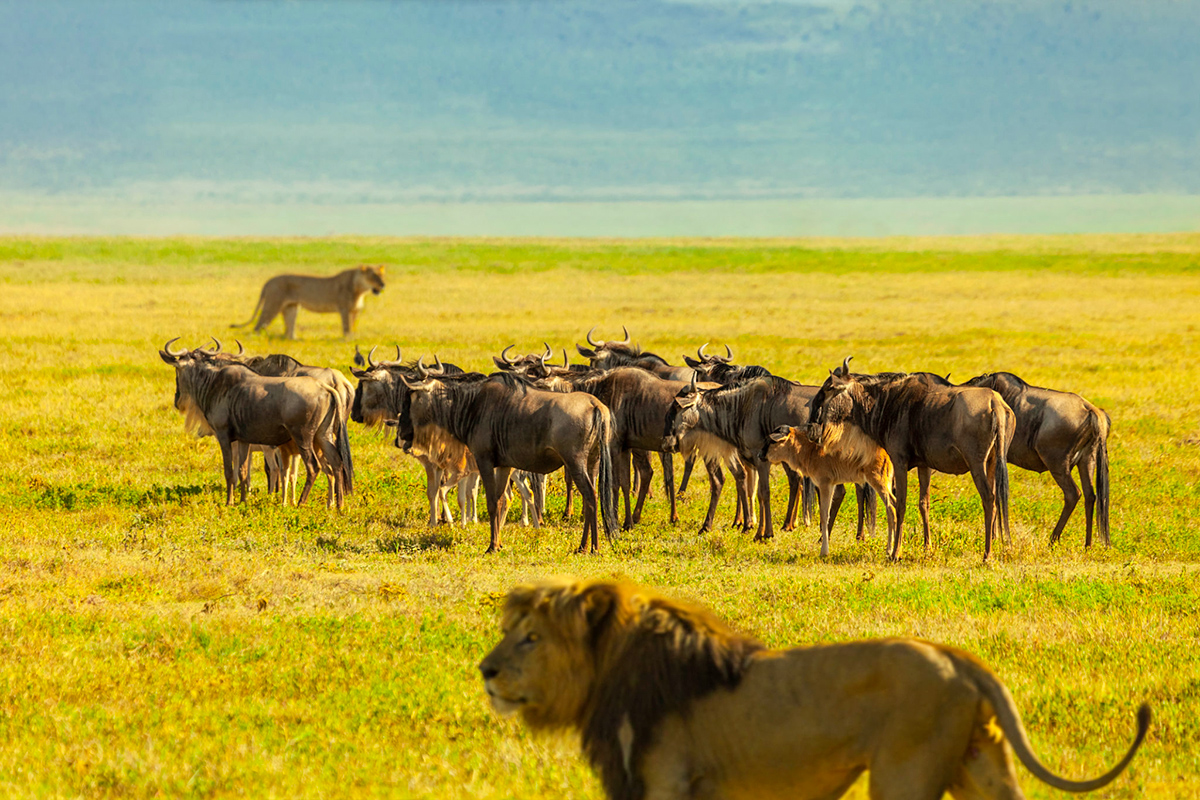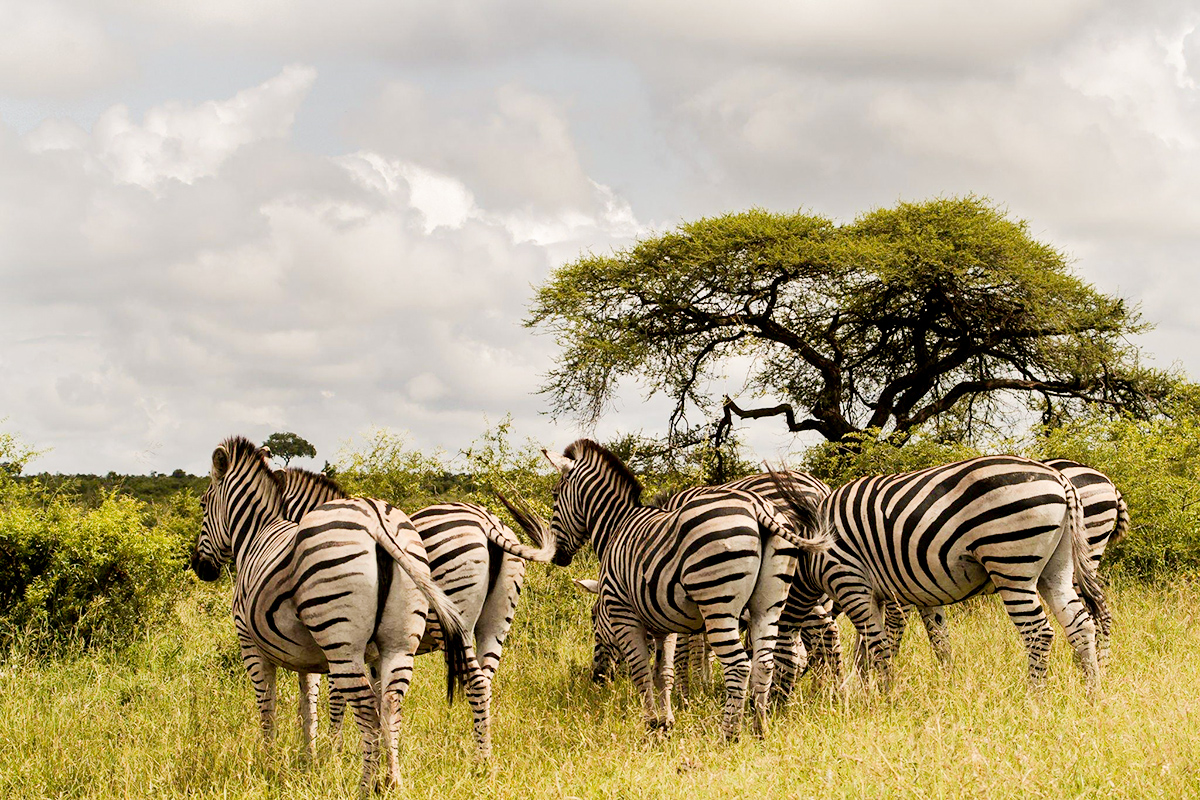Tanzania Safari
Tanzania Safari
Discover the Magic of Tanzania Safari.
Immerse into a Tanzania safari and experience the essence of quintessential Africa. Imagine the vast, rolling plains of the Serengeti, home to the world’s greatest wildlife spectacle. Discover the hidden gems of the Southern parks, offering some of Africa’s best off-the-beaten-track safari adventures. The legendary Ngorongoro Crater and Serengeti are renowned for their dense wildlife and extraordinary game viewing. Meanwhile, the Southern and Western parks guard Tanzania’s best-kept secrets, from the awe-inspiring chimps of Mahale to thrilling lion-versus-buffalo encounters in Ruaha. Wherever you choose for your luxury safari in Tanzania, an unforgettable wildlife spectacle awaits. Don’t miss the adventure of a lifetime!
A Guide to Northern Tanzania & The Great Migration
Guide to Tanzania Holidays
Tanzania, located in East Africa, is a land of breathtaking landscapes, diverse wildlife, rich cultures, and pristine beaches. Whether you’re an adventure seeker, wildlife enthusiast, culture lover, or beach aficionado, Tanzania offers a variety of experiences that cater to all types of travelers. Here’s a comprehensive guide to help you plan an unforgettable holiday in Tanzania.
Top Destinations
Serengeti National Park
Why Visit: Home to the Great Migration, the Serengeti is one of the most famous wildlife reserves in the world. Witnessing millions of wildebeest, zebras, and gazelles migrate across the plains is a once-in-a-lifetime experience.
Best Time to Visit: June to October for the migration, and January to March for calving season.
Ngorongoro Crater
Why Visit: This UNESCO World Heritage Site is a natural wonder, boasting a high concentration of wildlife within its caldera. It’s an excellent place for spotting the Big Five.
Best Time to Visit: Year-round, but June to October offers the best game viewing.
Mount Kilimanjaro
Why Visit: As Africa’s highest peak, Mount Kilimanjaro attracts trekkers and climbers from around the world. The journey to the summit is challenging but rewarding, offering stunning views and a sense of accomplishment.
Best Time to Visit: January to March and June to October.
Zanzibar Archipelago
Why Visit: Zanzibar offers idyllic beaches, crystal-clear waters, and a rich history. Explore Stone Town, a UNESCO World Heritage Site, and relax on the beautiful beaches of Nungwi, Kendwa, and Paje.
Best Time to Visit: June to October and December to February.
Nyerere National Park
Why Visit: One of Africa’s largest game reserves, Selous offers an off-the-beaten-path safari experience. It’s less crowded than the northern parks and provides opportunities for boat safaris and walking safaris.
Best Time to Visit: June to October.
Activities and Experiences
Safaris: Experience thrilling game drives in national parks and game reserves. The diverse landscapes and abundant wildlife make Tanzania a premier safari destination.
Cultural Tours:Visit local villages and interact with indigenous tribes such as the Maasai, Hadzabe, and Datoga. Learn about their traditional lifestyles, customs, and crafts.
Beach Holidays:Relax on the stunning beaches of Zanzibar, Pemba, and Mafia Island. Enjoy water sports like snorkeling, diving, and kite surfing.
Trekking and Climbing: Challenge yourself with a trek up Mount Kilimanjaro or the less-crowded Mount Meru. Enjoy the scenic routes and diverse ecosystems along the way.
Marine Adventures:Explore the rich marine life of the Indian Ocean. Mafia Island offers exceptional diving and snorkeling experiences with whale sharks and vibrant coral reefs.
Practical Information
Visa and Entry Requirements:Most visitors require a visa to enter Tanzania. Visas can be obtained on arrival or in advance from Tanzanian embassies. Ensure your passport is valid for at least six months from the date of entry.
Health and Safety:Consult your doctor about vaccinations and malaria prophylaxis before traveling. Tanzania is generally safe for tourists, but it’s advisable to take standard precautions, especially in urban areas.
Currency:The local currency is the Tanzanian Shilling (TZS). Credit cards are accepted in major hotels and lodges, but it’s useful to have cash for local markets and smaller establishments.
Language:Swahili and English are the official languages. Learning a few basic Swahili phrases can enhance your travel experience and interactions with locals.
Climate:Tanzania has a tropical climate with two main seasons: the dry season (June to October) and the rainy season (March to May and November). The coastal areas are humid, while the highlands are cooler.
Travel Tips
Booking Safaris: Book safaris through reputable tour operators to ensure a safe and well-organized experience. Group safaris are more economical, while private safaris offer a personalized experience.
Local Cuisine:Don’t miss trying Tanzanian dishes like Ugali, Nyama Choma (grilled meat), and fresh seafood in coastal areas. Visit local markets for a taste of exotic fruits and spices.
Responsible Travel: Respect local customs and traditions. Support community-based tourism and conservation efforts by choosing eco-friendly lodges and participating in responsible wildlife experiences.
Packing Essentials: Pack light, breathable clothing, a hat, sunscreen, insect repellent, and sturdy walking shoes. For safaris, neutral-colored clothing is recommended.
Photography: Tanzania offers incredible photo opportunities. Bring a good camera with a zoom lens for wildlife photography, and always ask for permission before photographing people.
Tanzania safari accommodations.
The Northern Circuit of Tanzania offers some of the most spectacular safari experiences, complemented by a wide range of accommodation options to suit every traveler’s needs. Here’s a look at the types of accommodations you can expect in this renowned safari region:
Luxury Lodges
Luxury lodges in the Northern Circuit provide top-notch amenities and services, ensuring a comfortable and memorable stay. These lodges are often located in prime locations within national parks, offering breathtaking views and close proximity to wildlife. Features typically include spacious rooms, en-suite bathrooms, gourmet dining, swimming pools, and sometimes even spas. Examples include:
- Four Seasons Safari Lodge Serengeti: Known for its incredible location in the heart of Serengeti National Park, this lodge offers luxurious suites with private balconies overlooking the savannah.
- Ngorongoro Crater Lodge: Perched on the edge of the Ngorongoro Crater, this lodge combines traditional Maasai architecture with opulent interiors, providing an unparalleled blend of wilderness and luxury.
Tented Camps
For those seeking an authentic safari experience without sacrificing comfort, tented camps are an excellent choice. These camps offer a blend of adventure and luxury, with spacious tents furnished with all the essentials. You’ll fall asleep to the sounds of nature while still enjoying amenities such as comfortable beds, en-suite bathrooms, and gourmet meals.
- Sayari Camp: Located in the northern Serengeti, Sayari Camp offers luxury tented accommodation with modern comforts, providing an intimate connection with the surrounding wilderness.
- Kubu Kubu Tented Lodge: Situated in central Serengeti, this camp provides luxury tents with en-suite bathrooms and private verandas, offering stunning views and an immersive safari experience.
Mid-Range Lodges and Camps.
Mid-range accommodations provide a balance between comfort and affordability, making them ideal for families and travelers on a budget. These lodges and camps offer clean, comfortable rooms and essential amenities, often with beautiful settings and good access to wildlife.
- Serengeti Sopa Lodge: Located on the edge of the escarpment overlooking the plains of the southwestern Serengeti, this lodge offers spacious rooms and a welcoming atmosphere.
- Rhino Lodge: Situated near the Ngorongoro Crater rim, Rhino Lodge provides comfortable rooms and easy access to the crater floor, making it a convenient base for exploring the area.
Budget Camps
For those looking to experience the magic of Tanzania’s Northern Circuit on a tighter budget, budget camps offer basic but adequate accommodations. These camps focus on the essentials, providing a place to rest after a day of adventure, often with communal dining
and shared facilities.
- Serengeti Budget Camps: Scattered throughout the Serengeti, these camps offer basic tents or simple lodges with shared bathrooms and dining areas. They provide a no-frills, immersive safari experience at a fraction of the cost.
- Simba Public Campsites: Located in prime spots like the Ngorongoro Crater and various Serengeti locations, these campsites offer basic amenities such as shared bathrooms and cooking facilities. They are perfect for adventurous travelers who don’t mind roughing it a bit.
Tanzania Northern Safaris.
Ready to Plan Your Safari?
Book Now and take advantage of our exclusive offers and personalized safari packages. Our expert team is here to help you create the perfect itinerary tailored to your interests and preferences.
Why Choose Us?
- Expert Guides: Knowledgeable and passionate about Tanzania’s wildlife and culture.
- Custom Itineraries: Tailored to your interests, schedule, and budget.
- Top Accommodations: From luxury lodges to authentic tented camps.
- Unmatched Experiences: Witness the Great Migration, encounter the Big Five, and explore off-the-beaten-path parks.
Start Planning Your Tanzania Safari Today!
Don't Miss Out!
Tanzania Safari - FAQ
The best time to visit Tanzania for a safari is during the dry seasons from late June to October and from December to February. These months offer excellent wildlife viewing opportunities as animals gather around water sources.
Yes, most travelers require a visa to enter Tanzania. You can obtain a visa on arrival at the airport or apply for an e-visa online before your trip.
Vaccinations for Hepatitis A, Hepatitis B, Typhoid, and Yellow Fever are recommended. Malaria prophylaxis is also advised. Consult your healthcare provider for personalized advice.
Pack light, breathable clothing in neutral colors, comfortable walking shoes, hats, sunglasses, sunscreen, insect repellent, binoculars, cameras, and necessary medications. Warm clothing is also recommended for early morning and evening game drives.
Tanzania is home to a diverse array of wildlife, including the Big Five (lion, leopard, elephant, buffalo, and rhino), giraffes, zebras, wildebeests, hippos, and various bird species. The Serengeti, Ngorongoro Crater, and Tarangire National Park are particularly rich in wildlife.
Travel within Tanzania for a safari typically involves 4×4 safari vehicles, domestic flights, and sometimes boats. Transfers between parks and lodges are usually arranged by your safari operator.
Yes, safaris in Tanzania are generally safe for children. Many operators offer family-friendly tours and accommodations. It’s important to choose reputable operators and follow safety guidelines provided by your guides.
Absolutely! Many travelers combine a safari with a beach holiday on the beautiful beaches of Zanzibar. This offers a perfect blend of adventure and relaxation, with opportunities for water sports and cultural experiences.
Yes, travel insurance is highly recommended. It should cover medical emergencies, trip cancellations, lost luggage, and other unforeseen events. Ensure your policy includes coverage for safari activities and travel in remote areas.
Our Partners



